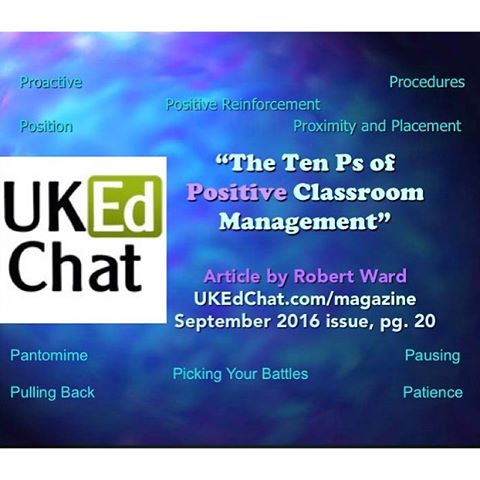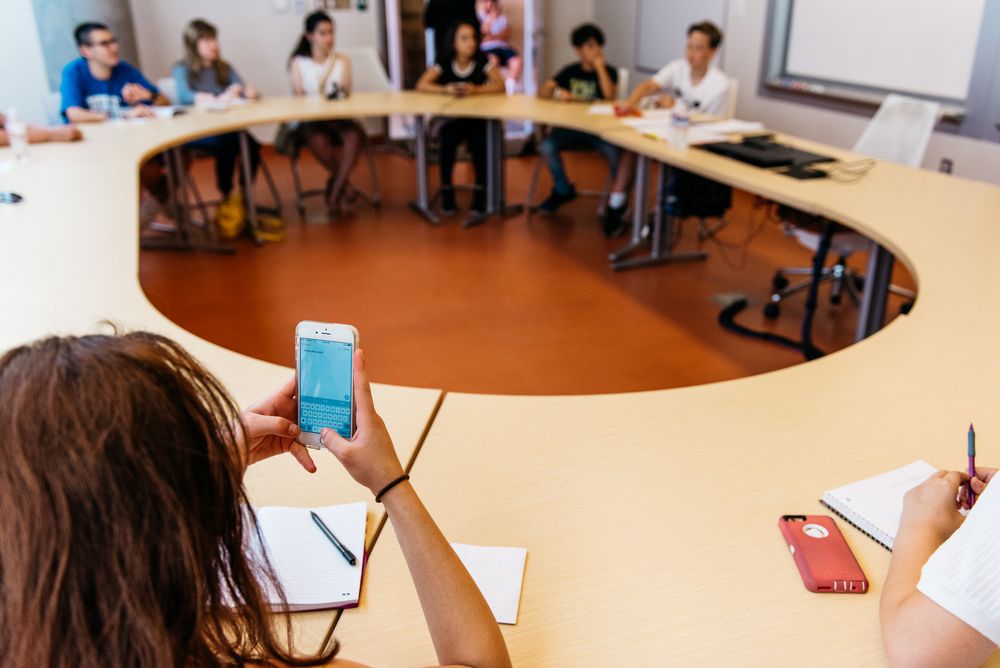Using podcasts to get students to read more
Two years ago, I was practically begging a student to read a novel in my high-school English class. This isn’t an unusual problem. The girl, who’s a relatively bright, college-bound athlete, told me that she “just gets too distracted after five minutes” of reading. When she promised that she would listen to the audiobook of the novel on the team bus that afternoon, I was less than enthused. “Reading is like getting in physical shape,” I told her. “This time, try to read for seven minutes and then take a break.” But a few minutes later, I could see she had spaced out again. I considered the implausibility of students such as her reading the novel for homework, outside my quiet classroom.
Source: Using ‘Serial’ to Get Students to Read More
Podcasts are a weird beast. They’re (usually) audio only, which somehow makes them less attractive. But as this article points out, its the content, not the medium. Unfortunately I have a short commute to work, which means I don’t get to listen to podcasts as much as I would like, but if you are in a car or commute for a long time, podcasts are a great way to make use of the time.
And for students, who usually spend time on the bus or walking home, podcasts are pretty useful. Podcast apps can take the recordings offline, so students don’t need cell access to listen. The app I use on my iPhone, Overcast, also has a speed up feature, which gently speeds up the recording by removing pauses. This does not work very well for professionally create recordings, since then the audio is too fast, but it works great on a ton of semi-professional or amateur podcasts.





